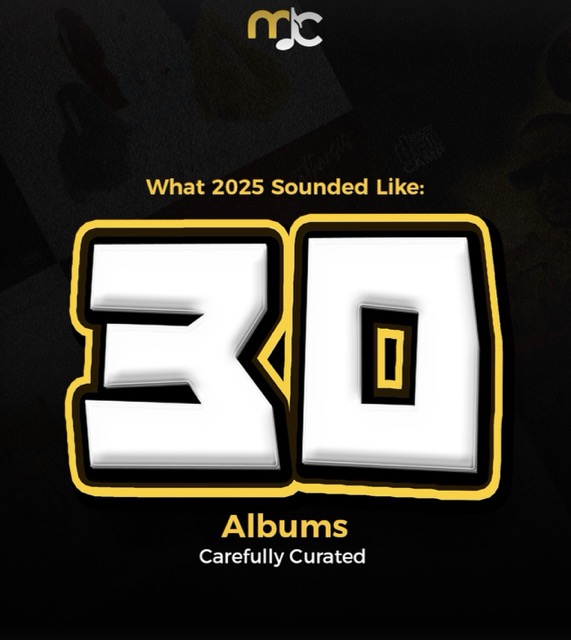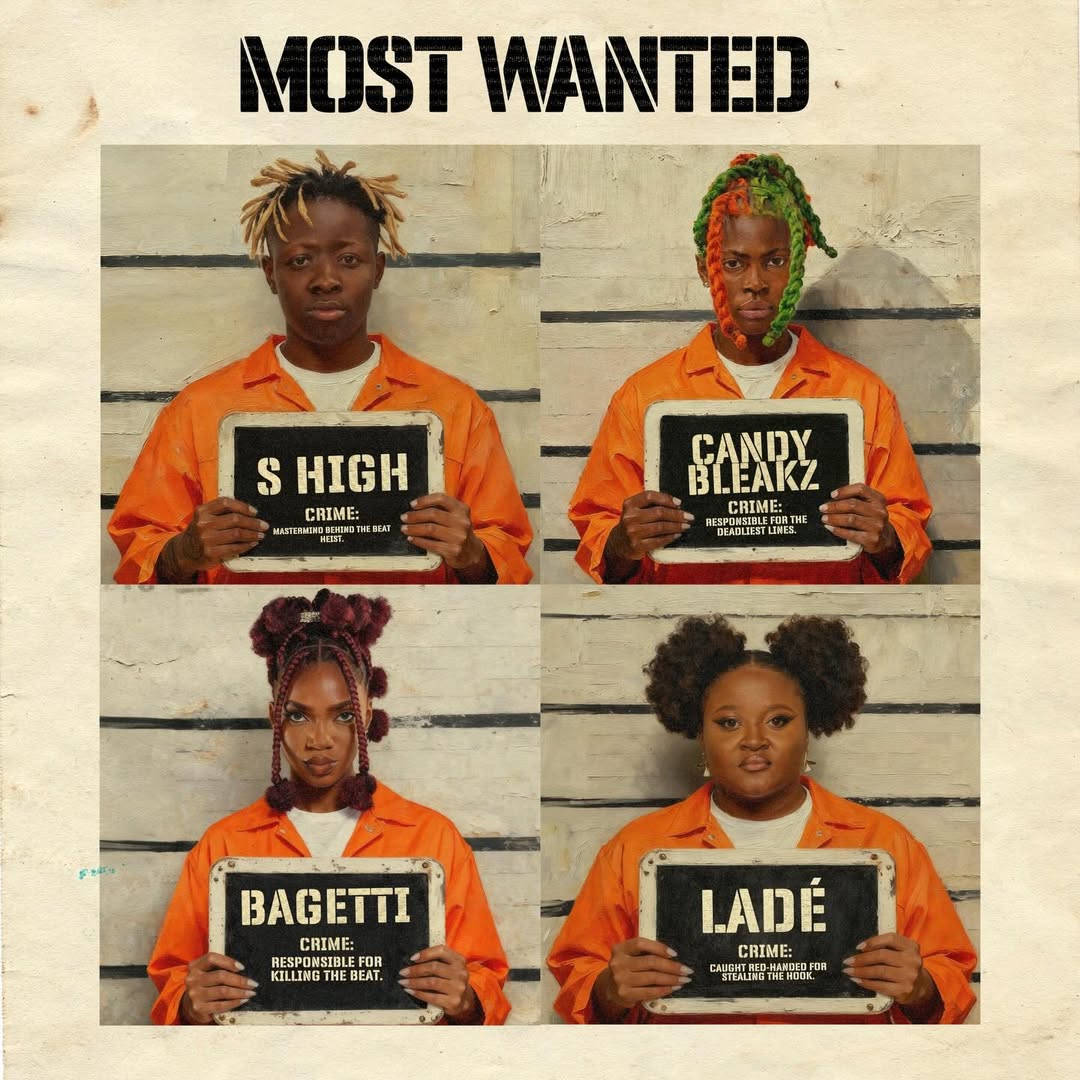In 2025, artificial intelligence no longer shadows creativity—it’s rewriting the score. From
composition to performance, AI technologies are reshaping the music industry’s landscape,
raising questions about authenticity, equity, and artistic evolution.

Section 1: The AI Creative Axis — Tools that Compose, Assist, and Replace
AI composers like Suno, AIVA, and Lemonaide now craft chord progressions, full arrangements,
and even emotionally adaptive soundtracks, prompted solely by user input. Creators are
leveraging these tools to accelerate ideation or fuel experimentation, but not without tension.
As producers like Lex Luger launch signature AI models that replicate signature trap sounds,
the boundary between collaboration and replacement blurs.
Behind the allure, the brewing debates stiffen. The Recording Academy’s Harvey Mason Jr.
warns that AI threatens emotional authenticity and urges regulatory guardrails to protect artists’
intellectual and creative equity.

Section 2: Virtual Acts and Synthetic Stardom
The Velvet Sundown epitomizes the AI band era: a ‘60s-style folk‑rock group amassing millions
of listeners—until fans realised the band is entirely machine-created, including the personas.
While new releases continue to climb the charts, the revelation has sparked discourse on consent,
identity, and deception in streaming culture.
Simultaneously, in India, Trilok launches as a machine-only rock ensemble blending chanting,
guitars, and code into expressive hybrid soundscapes. Their music isn’t rooted in flesh—it’s
ionic, provocative, and pushing the boundary of performance itself.

Section 3: Economics, Ethics, and the Stakes of the Invisible Artist
AI’s growth into a multibillion-dollar sector—estimated at $6.2B in 2025, projected at nearly
$40B by 2033—reshapes not only composition but also playback, discovery, and rights
management.
Yet with opportunity comes threat: CISAC reports potential loss of up to 25% of creative income
globally if unchecked AI adoption continues. Independent artists may soon compete with
content that costs nothing to produce—and which may bypass royalties entirely.
Meanwhile, the ELVIS Act in Tennessee—first US legislation to criminalize AI voice cloning
without consent—signifies cultural policy catching up to technology, offering a blueprint for
Safeguarding creative identity in the AI era.

Section 4: Music Custodian Reflections—What Creators Must Do
For African and diasporic creators, this is not about resisting AI but steering its integration with
purpose:
● Embrace AI as a collaborator, not a shortcut—use tools to expand your palette, not
replace your signature.
● Demand transparency and copyright safeguards—platforms must label AI-generated
content and creators must insist on opt-in licensing frameworks.
● Elevate marginalised sounds by working with XAI and dataset methods designed for
diverse musical traditions—AI need not erase culture if we curate its training well.
● Leverage AI for fan engagement, not fan replacement—shape adaptive experiences that
honour human stories and voices, rather than algorithms alone.
Feature Summary
AI’s emergence presents both unprecedented creative tools and existential dilemmas. In 2025,
music is at a crossroads: technology can amplify roots, but can also displace voices. For
custodians of sound—especially within Africa’s vibrant cultural terrain—this is a moment to
lead with ethics, artistry, and audacity.




